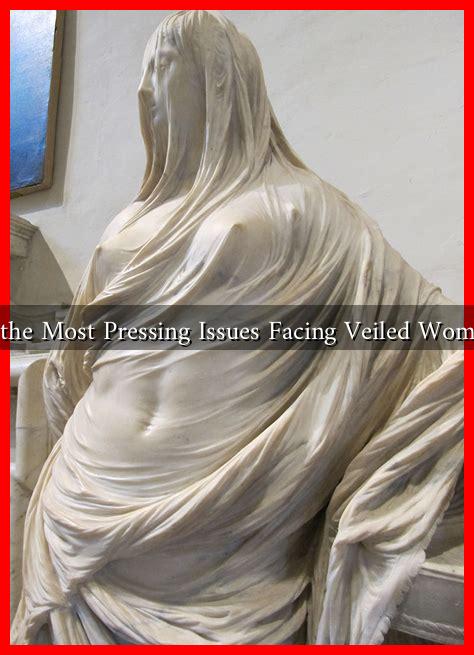-
Table of Contents
What Are the Most Pressing Issues Facing Veiled Women Today?
Veiled women, particularly those who wear the hijab, niqab, or burqa, face a myriad of challenges in contemporary society. These challenges are often rooted in cultural, social, and political contexts that vary significantly across different regions. This article explores the most pressing issues facing veiled women today, highlighting the complexities of their experiences and the need for greater understanding and support.
1. Discrimination and Prejudice
One of the most significant issues veiled women encounter is discrimination based on their appearance. This prejudice can manifest in various forms, including:
- Workplace Discrimination: Many veiled women face challenges in securing employment or promotions due to biases against their attire. A study by the Institute for Social Policy and Understanding found that Muslim women who wear hijabs are 67% less likely to be hired compared to their non-veiled counterparts.
- Social Exclusion: Veiled women often experience social isolation, particularly in Western societies where their attire may be viewed with suspicion or misunderstanding.
- Hate Crimes: Reports of hate crimes against veiled women have increased in many countries. According to the FBI, hate crimes against Muslims rose by 67% in 2015, with veiled women often being targeted.
2. Legal Challenges and Policy Restrictions
In several countries, legal frameworks and policies directly impact the rights of veiled women. These challenges include:
- Burqa Bans: Countries like France and Belgium have implemented bans on full-face veils, which restricts the freedom of women to dress as they choose. Such laws often lead to legal repercussions for those who choose to wear the burqa or niqab.
- Educational Barriers: In some regions, veiled women face restrictions in educational institutions, where dress codes may prohibit religious attire, limiting their access to education.
- Citizenship and Immigration Issues: Veiled women may face additional scrutiny during immigration processes, with their attire sometimes being used as a basis for suspicion or discrimination.
3. Cultural Misunderstandings and Stereotypes
Cultural misunderstandings about veiled women contribute to the perpetuation of stereotypes that can be harmful. Common misconceptions include:
- Oppression: Many people assume that veiled women are oppressed and lack agency. However, numerous studies show that many women choose to wear the veil as an expression of their identity and faith.
- Homogeneity: The media often portrays veiled women as a monolithic group, ignoring the diversity of experiences and beliefs among them. For instance, a woman wearing a hijab in Turkey may have a vastly different experience than one in Saudi Arabia.
- Victimhood: The narrative surrounding veiled women often emphasizes victimhood, overshadowing their achievements and contributions to society.
4. Mental Health and Well-being
The cumulative effects of discrimination, legal challenges, and cultural misunderstandings can take a toll on the mental health of veiled women. Issues include:
- Stress and Anxiety: Constantly facing prejudice can lead to heightened levels of stress and anxiety, impacting overall well-being.
- Identity Struggles: Veiled women may grapple with their identity, feeling torn between cultural expectations and personal beliefs.
- Isolation: Social exclusion can lead to feelings of loneliness and isolation, further exacerbating mental health issues.
Conclusion
The challenges faced by veiled women today are multifaceted and deeply rooted in societal attitudes, legal frameworks, and cultural narratives. Addressing these issues requires a concerted effort from individuals, communities, and policymakers to foster understanding and support for veiled women. By challenging stereotypes, advocating for legal rights, and promoting inclusivity, society can create an environment where veiled women are respected and valued for their contributions. As we move forward, it is essential to recognize the diversity of experiences among veiled women and to support their right to choose how they express their identity.
For further reading on the experiences of veiled women, consider exploring resources from organizations such as the Institute for Social Policy and Understanding and the Human Rights Watch.




